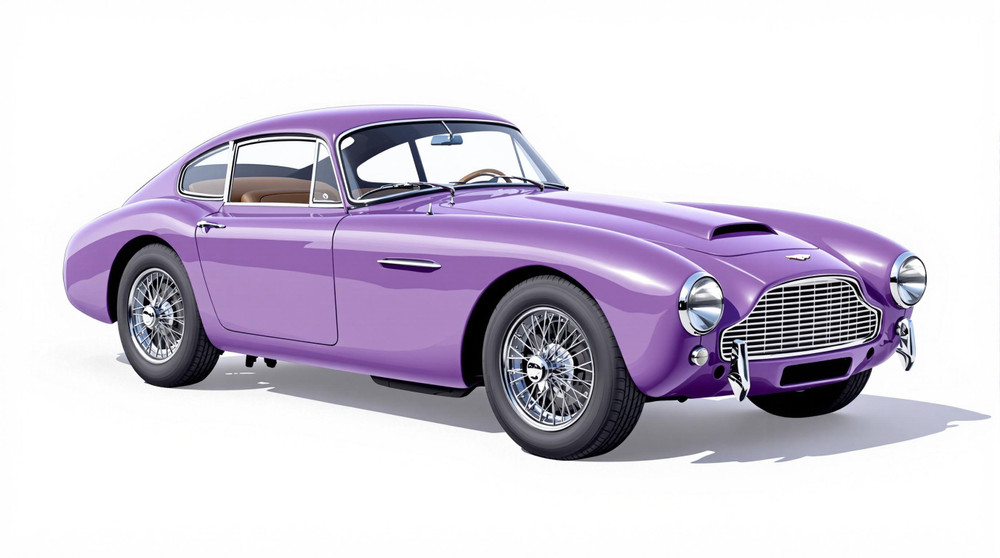Image of 1953 Aston Martin Db3, Note: These illustrations use artistic license and may differ from actual historical models.
Performance Metrics
Fundamental Metrics
Emotional Appeal
MMP Rating
| Engine Specifications | |
|---|---|
| Engine: | 2.6 L Lagonda I6, 2.9 L Lagonda I6 |
| Displacement: | 2.6 - 2.9 L |
| Horsepower: | 140 - 163 hp |
| Torque: | Estimated 180 - 200 lb-ft |
| Compression Ratio: | 8.16:1 |
| Ignition System: | Coil ignition |
| Cooling System: | Water-cooled |
| Performance Specifications | |
| 0-60 Time: | Estimated 10 seconds |
| 1/4 Mile Time: | Not available |
| Top Speed: | 120 mph |
| Transmission and Drive | |
| Drive Type: | Rear-wheel drive |
| Transmission Type: | 4-speed manual |
| Fuel and Efficiency | |
| Fuel System Type: | Twin SU carburetors |
| MPG: | Not available |
| Dimensions and Brakes | |
| Brakes: | Hydraulic drum brakes |
| Wheelbase: | 99 inches |
| Weight: | 2,315 lbs |
Note: Specifications for classic cars are given to the best of our ability, considering the limited and variant data available.
1953 Aston Martin DB3: A Pioneering Force in Racing Heritage
The 1953 Aston Martin DB3 is not merely a car; it's a rolling testament to the audacity and ambition of post-war British engineering. Born from the storied workshops of Aston Martin, a marque synonymous with luxury and performance, the DB3 emerged as a purpose-built race car intended to assert British dominance on the international motorsport stage. Its creation marked a pivotal moment for the manufacturer, as it ventured into the realm of dedicated racing design under the guidance of then-chief designer, Frank Feeley.
Unique among its peers for its innovative approach to competition, the DB3 had a notable moment when it clinched victory at the 1952 Goodwood Nine Hours race, signaling Aston Martin's potential to challenge established racing powerhouses. This triumph was more than just a win; it was an announcement of Aston Martin's intent to become a mainstay in motorsport lore.
Design and Innovation: The Quintessence of British Elegance
The exterior of the 1953 Aston Martin DB3 was a harmonious blend of form and function. Its sleek lines and aerodynamic contours were sculpted with an eye toward speed but without sacrificing an ounce of elegance. The bodywork, often crafted in lightweight aluminum, hugged a tubular chassis that was both rigid and nimble.
Inside, the DB3 was all business. The cockpit was spartan yet purposeful, with an emphasis on driver-focused ergonomics. Seats were trimmed in leather that bore the patina of countless races, while instrumentation was strictly utilitarian—each gauge and switch placed with precision for optimal utility during the heat of competition.
Technologically, the DB3 boasted innovations such as its twin-cam straight-six engine designed by W.O. Bentley's former colleague, Tadek Marek. Color options were typically limited to racing liveries, with Aston Martin's signature green being a popular choice among privateers and factory teams alike.
While various body styles were experimented with—including spyder and coupe configurations—it was the open-top sports racer that became most iconic, representing the quintessential image of 1950s motorsport bravado.
Historical Significance: Setting the Stage for Glory
The DB3's impact on automotive design and technology was profound. It set new standards for what a dedicated race car could be, blending speed with reliability—a combination that had often proved elusive. This car stood apart from its contemporaries through its rigorous focus on weight reduction and aerodynamic efficiency, principles that continue to influence modern race car design.
Performance and Handling: A Symphony of Speed
On the track, the 1953 Aston Martin DB3 was formidable. With a top speed approaching 140 mph and capable of accelerating from 0-60 mph in approximately 6 seconds—a remarkable feat for its time—the DB3's performance credentials were indisputable. Handling was equally impressive; drivers reported that it navigated corners with poise and responded eagerly to steering inputs, making it both fast and forgiving.
The driving experience was visceral; pilots were treated to the mechanical symphony of its robust engine while feeling every nuance of the road through its responsive chassis. It demanded skill and rewarded bravery—a true driver's car in every sense.
Ownership Experience: Beyond The Checkered Flag
While primarily built for competition, some DB3s found their way into private hands as road cars or weekend racers. Maintenance required a knowledgeable touch but was by no means beyond the capabilities of an enthusiast familiar with high-performance machinery of the era.
Fun Facts: The Legacy Lives On
The 1953 Aston Martin DB3 has left an indelible mark on automotive history. Rare editions like those piloted by legends such as Stirling Moss fetch significant interest at auction. Celebrity ownerships have added to its mystique, while appearances in historic races continue to celebrate its competitive pedigree.
Collector's Information: A Coveted Classic
Today, estimating the value range for a 1953 Aston Martin DB3 can be challenging due to its rarity—with production numbers believed to be around ten units—and significant historical value. However, when these vehicles do surface at auction or private sale, they command prices well into seven figures. The market trend for classic Astons has generally been appreciative over time, reflecting their desirability among collectors worldwide.
Conclusion: A Testament to Timeless Triumph
In summary, the 1953 Aston Martin DB3 is more than just another classic car; it is an enduring symbol of innovation and success from one of Britain's most revered automakers. Its legacy is not just preserved in static displays but continues to be celebrated on tracks where it once claimed glory—a true testament to its timeless appeal.
1953 Aston Martin Db3 Catalog of Parts
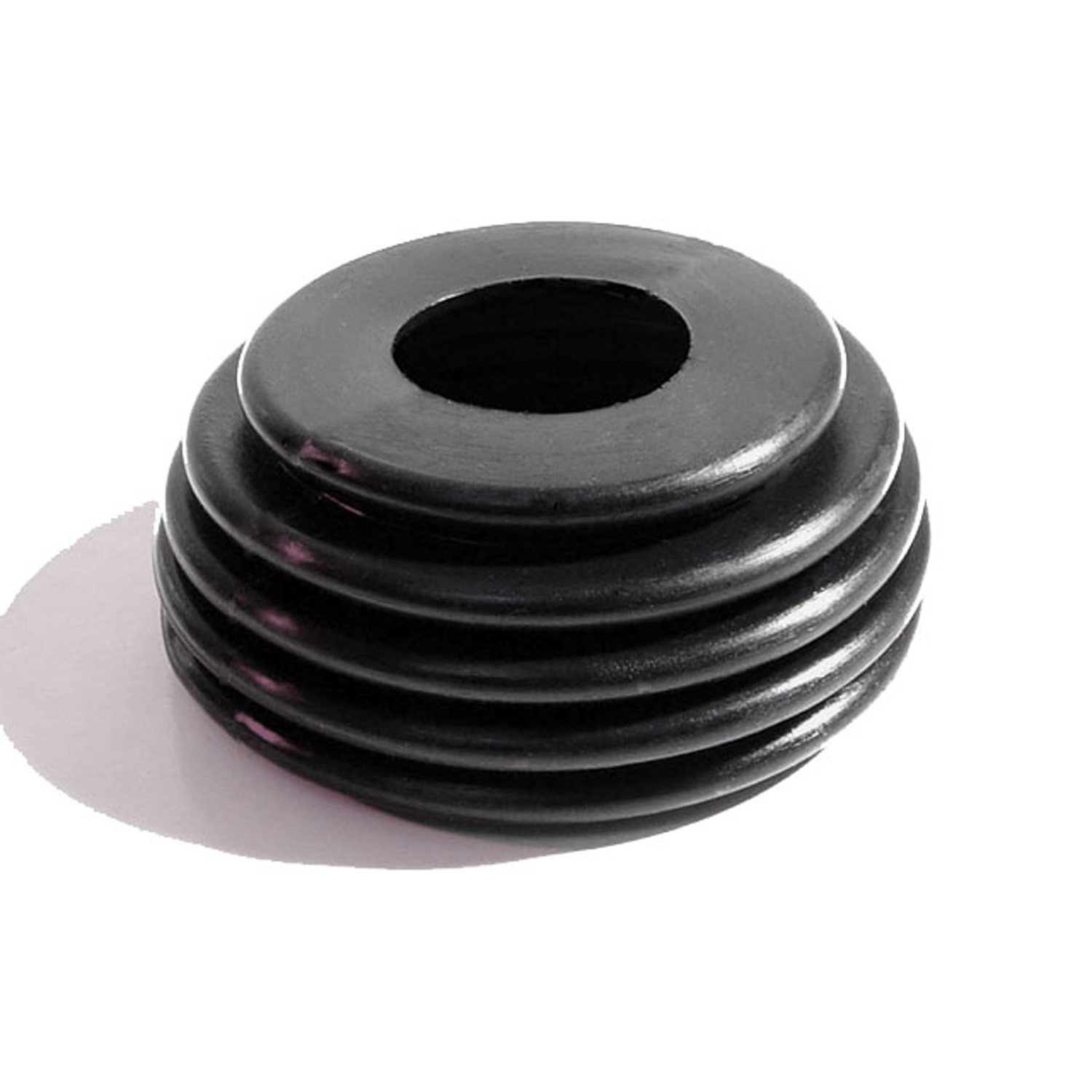 1953 Aston Martin DB3 Steering Column Dust Seal at Firewall-BL 5Steering Column Dust Seal at Firewall. 1-1/8" wide hole at top, 4-1/2" O.D. at base. Replaces AM part #50999. Each
1953 Aston Martin DB3 Steering Column Dust Seal at Firewall-BL 5Steering Column Dust Seal at Firewall. 1-1/8" wide hole at top, 4-1/2" O.D. at base. Replaces AM part #50999. Each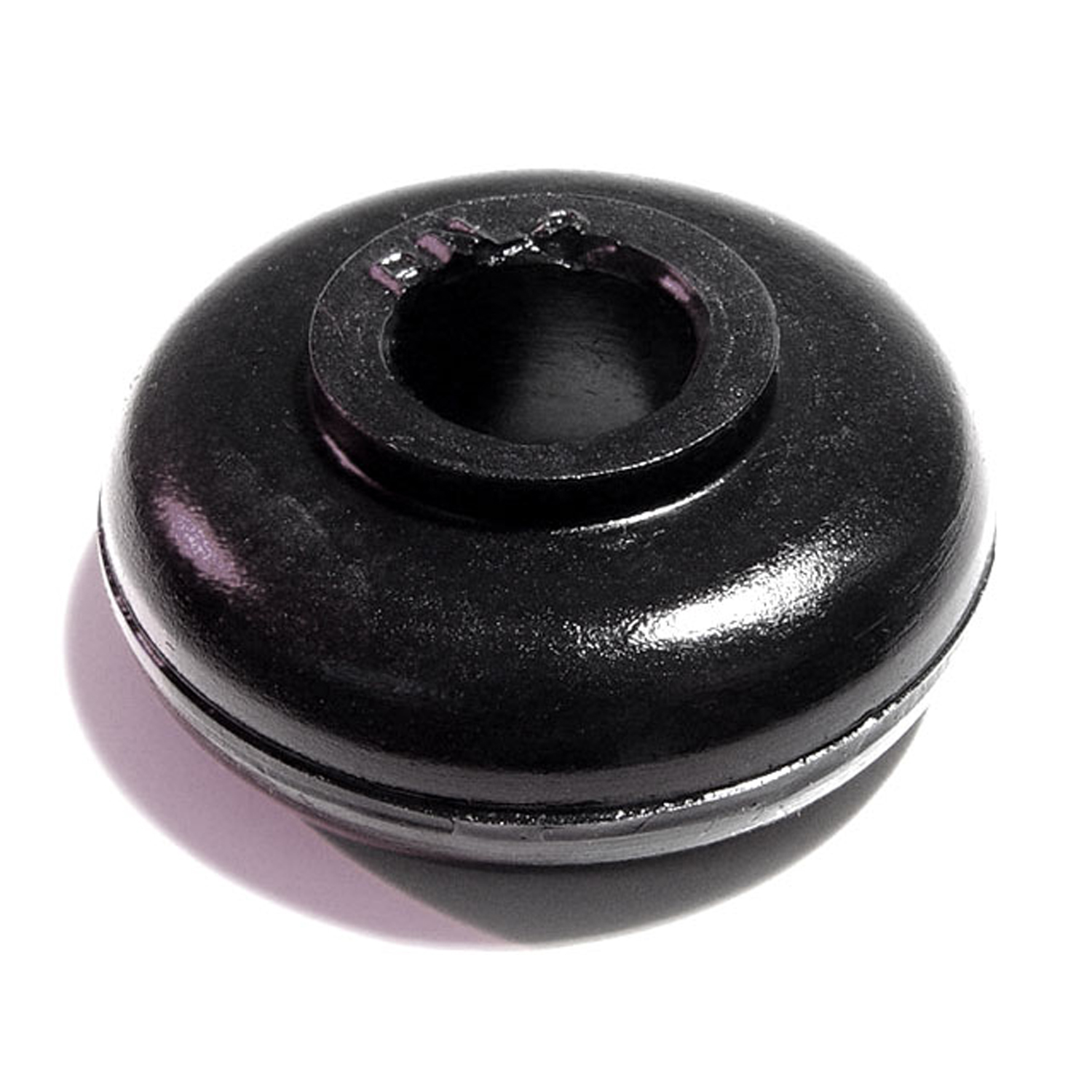 1953 Aston Martin DB3 Roll Bar Bushing. 1/2" high, with 1/2" hole. Each-BN 2Roll Bar Bushing. 1/2" high, with 1/2" hole. Each
1953 Aston Martin DB3 Roll Bar Bushing. 1/2" high, with 1/2" hole. Each-BN 2Roll Bar Bushing. 1/2" high, with 1/2" hole. Each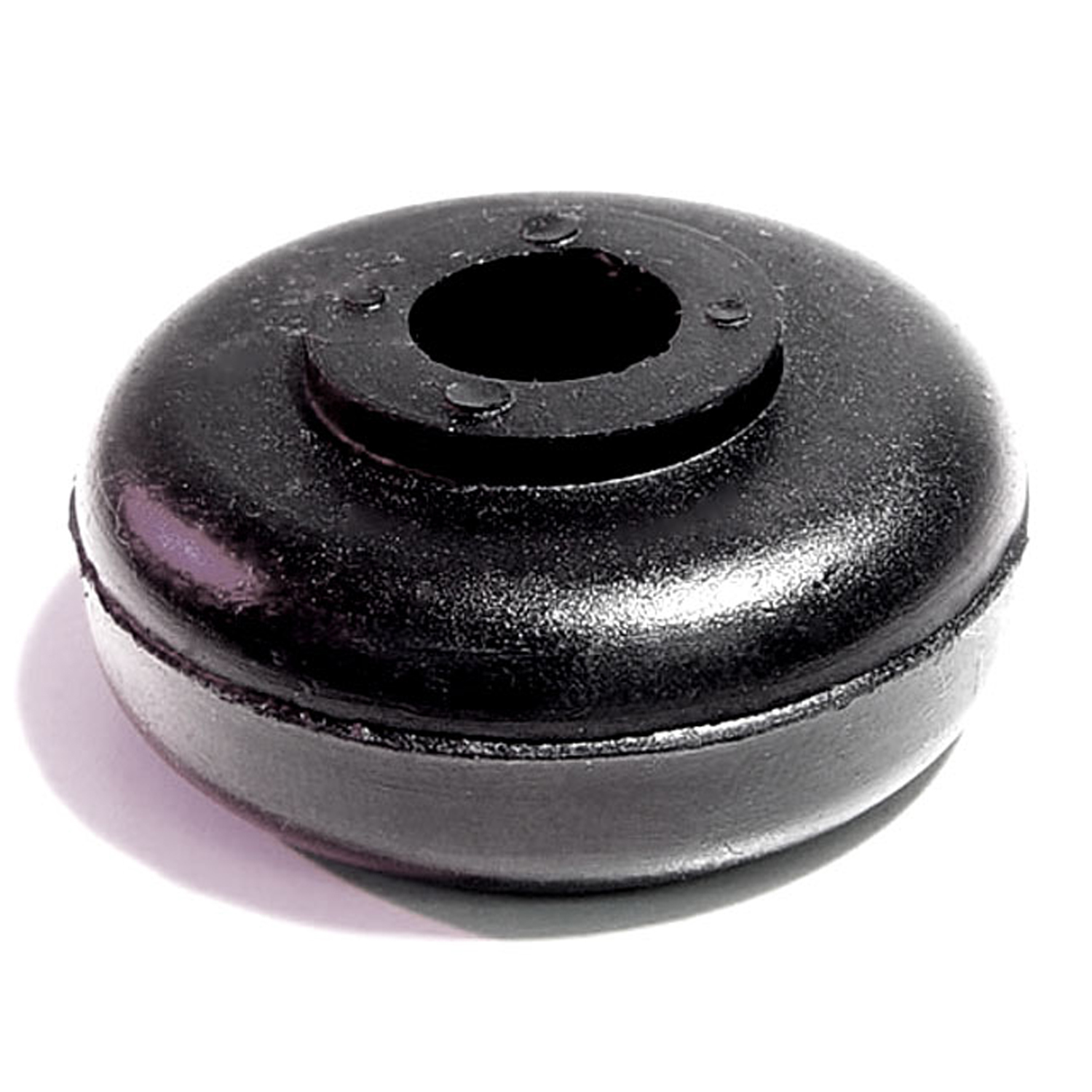 1953 Aston Martin DB3 Shock Grommet. 9/16" high, 3/8" hole. Each-BN 2-AShock Grommet. 9/16" high, 3/8" hole. Each
1953 Aston Martin DB3 Shock Grommet. 9/16" high, 3/8" hole. Each-BN 2-AShock Grommet. 9/16" high, 3/8" hole. Each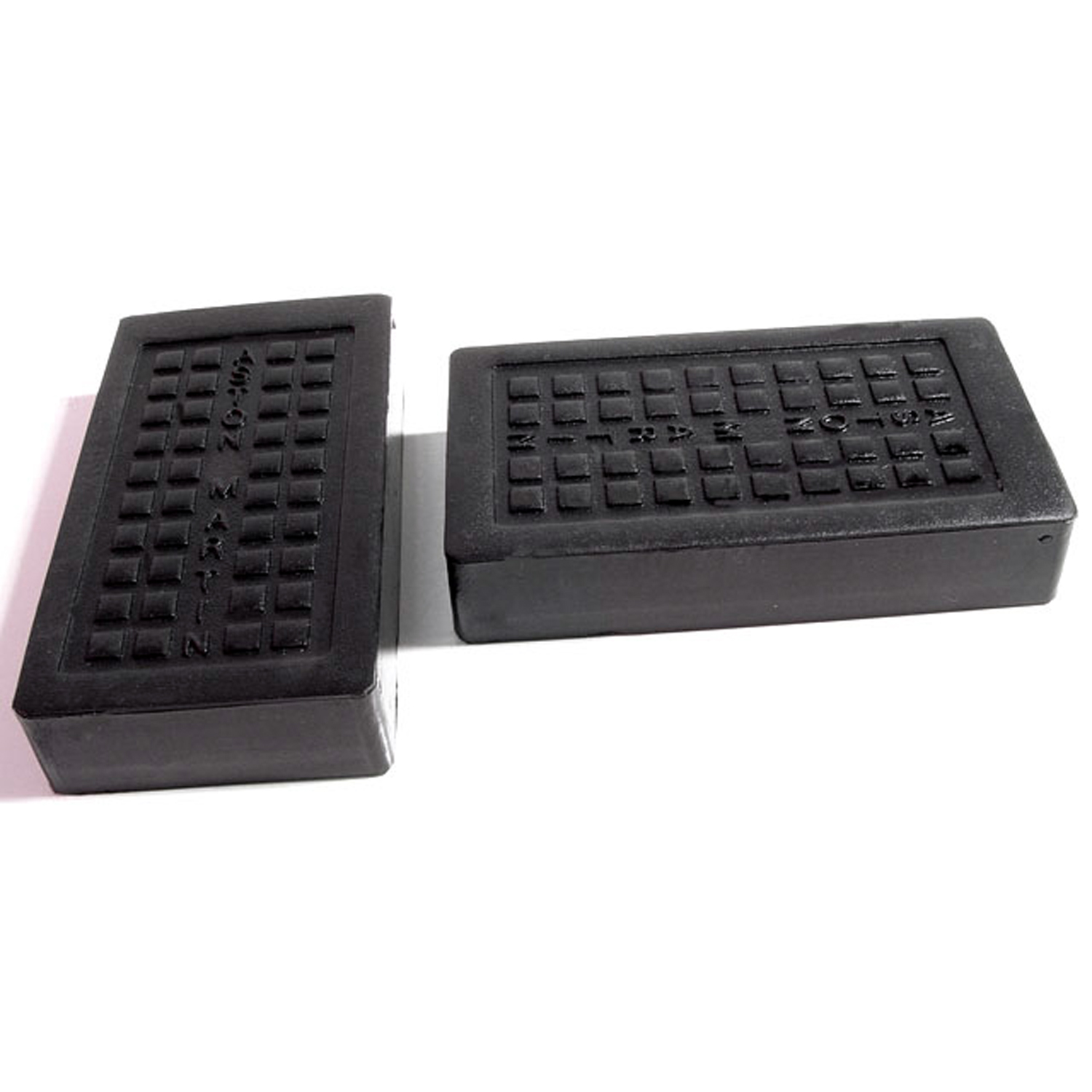 1953 Aston Martin DB3 Clutch and Brake Pedal Pads. Perfect reproduction-CB 175Clutch and Brake Pedal Pads. Perfect reproduction. 1-3/4" wide X 3-1/4" long. Pair
1953 Aston Martin DB3 Clutch and Brake Pedal Pads. Perfect reproduction-CB 175Clutch and Brake Pedal Pads. Perfect reproduction. 1-3/4" wide X 3-1/4" long. Pair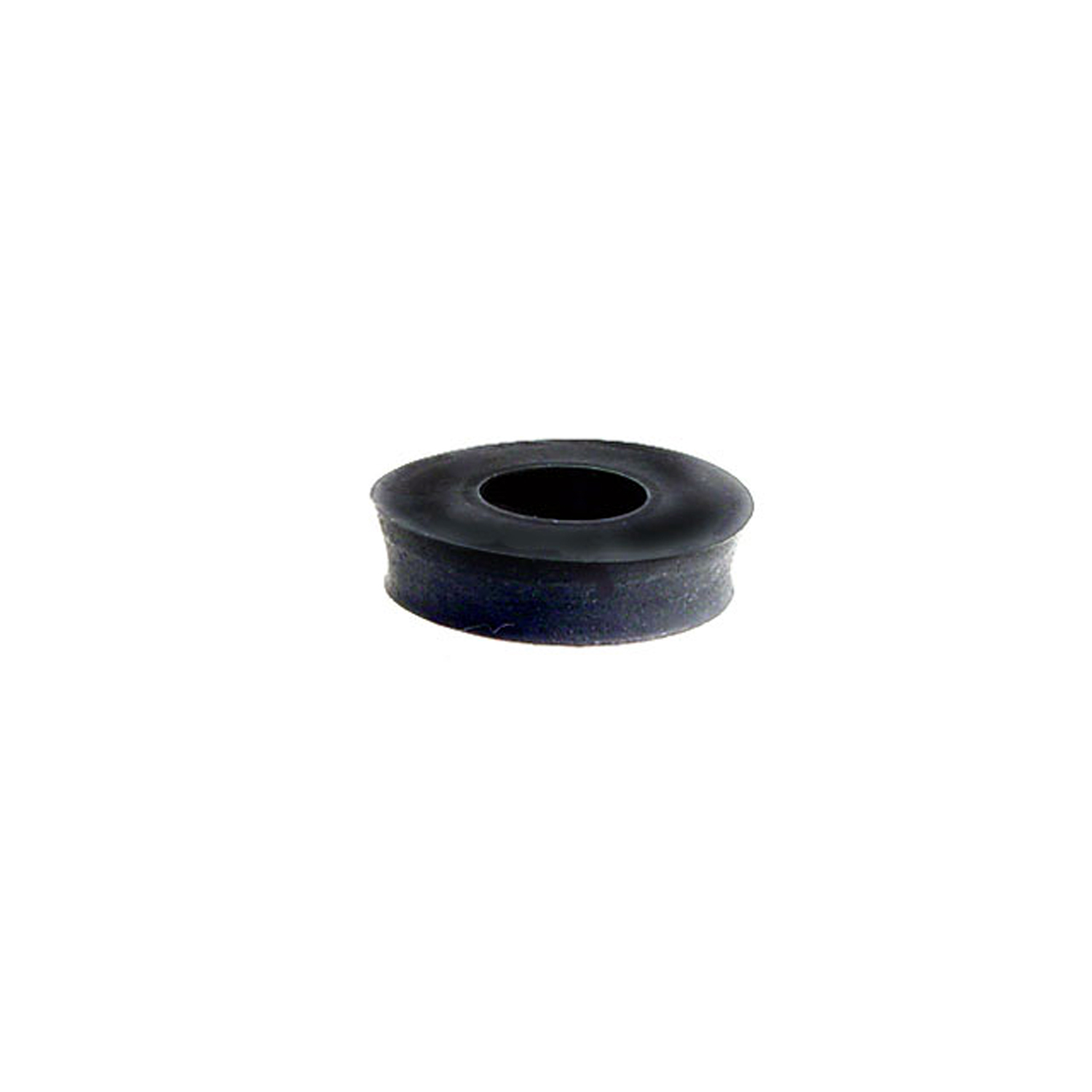 1953 Aston Martin DB3 Radiator Rod Cushion. 1/4" thick, 3/8" hole, 1" O.D-RA 1Radiator Rod Cushion. 1/4" thick, 3/8" hole, 1" O.D. Eight used per car. Each
1953 Aston Martin DB3 Radiator Rod Cushion. 1/4" thick, 3/8" hole, 1" O.D-RA 1Radiator Rod Cushion. 1/4" thick, 3/8" hole, 1" O.D. Eight used per car. Each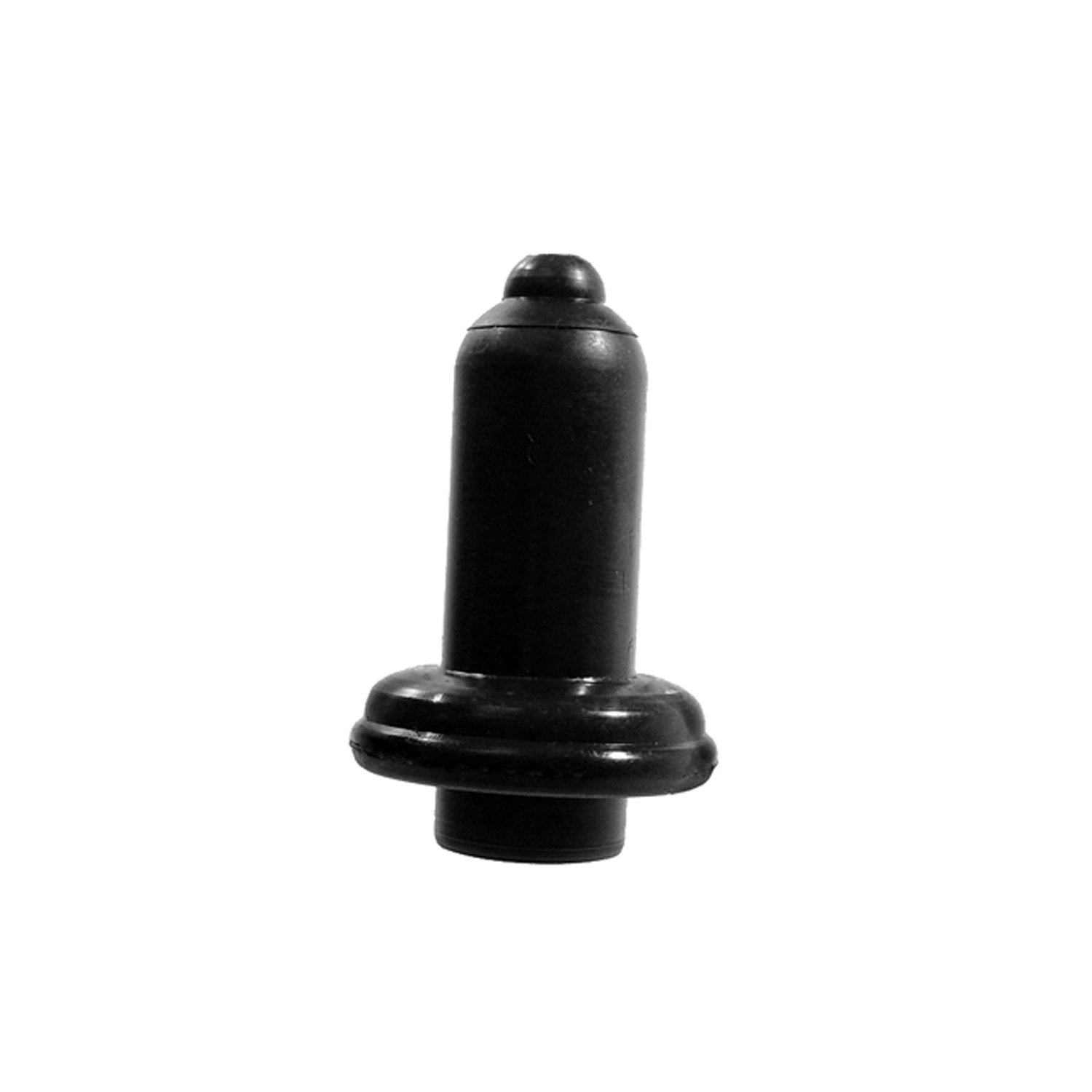 1953 Aston Martin DB3 Spark Plug Boot. Each-RP 1-ZSpark Plug Boot. Each
1953 Aston Martin DB3 Spark Plug Boot. Each-RP 1-ZSpark Plug Boot. EachWhy Choose Metro?
For over 100 years, Metro Moulded Parts has been the pinnacle of quality in classic car restoration parts. Our commitment to precision and authenticity in every component ensures a perfect fit and an OEM-level appearance.
- Expert Craftsmanship & Quality: Each part is a testament to our dedication to reliability and perfection, crafted from original designs and thoroughly tested.
- Advanced Technology: We use cutting-edge techniques to create flawless, long-lasting parts that surpass others in performance.
- SuperSoft Sponge – The Ultimate Door Seal: Not only are our door seals 30% softer than competitors', but they're also guaranteed to never leak. They effectively reduce wind and road noise, enhancing your classic car's comfort and driving experience.
- Proudly American: Our parts are a product of American craftsmanship, made in the USA with a spirit of excellence and heritage.
- Unrivaled Warranty: We back our products with a 30-year industry-leading warranty, a testament to our confidence in their quality.
Join us in preserving the legacy of classic cars with parts that are crafted for perfection, not just made.

